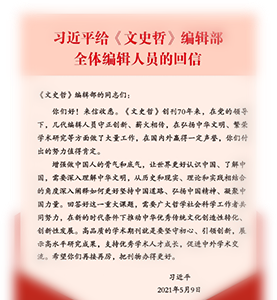形中“生活儒学”与儒学的重构
傅永聚 郑治文
摘要:宋明理学呈现出“两极游走”的理论走向,宋代理学本以其形上超越性著称,至朱熹极言“理在事先”,遂立理学“形上绝对”、“纯粹超越”之“极”;明代以“反理学”面目出现的气学、心学本意在纠此“偏执”,然至罗钦顺以“万物生长收藏”为“理”,王艮、李贽言百姓日用之“理”,则又立“形下绝对”、“纯粹经验”之“极”。在宋明理学“游走两极”理论走向的借鉴之下,徐复观之“形而中学”秉持和发扬了“执两用中”的儒学传统,在探求现代新儒学转向之途时,或可作为展开的向度。以此路向展开的儒学,其实就是“生活儒学”。
The “Life Confucianism” and Reconstruction of Confucianism
Fu Yongju, Zheng Zhiwen
Abstract: The Neo-Confucianism during the Song and Ming Dynasties appeared the approach of “moving between two extremes”. The Neo-Confucianism in the Song Dynasty was originally known as its transcendent metaphysics, until Zhu Xi exceedingly advocated “li preceding matter”, and then established the “extreme” of “metaphysical absoluteness” and “pure transcendence”. Against the Neo-Confucianism, the studies of passion nature and mind emerged in the Ming Dynasty intended to correct that partial point. Afterwards, Luo Qinshun presumed the growth and collection of the whole creation as “li”, and Wang Gen and Li Zhi discussed “li” in people’s everyday use, the “extreme” of “physical absoluteness” and “pure experience” was thus established. With that approach as reference, Xu Fuguan’s idea inherits and develops the Confucian tradition of the doctrine of mean, which might be an extensible way when exploring the modern turn of New Confucianism. This is indeed the “Life Confucianism”.


